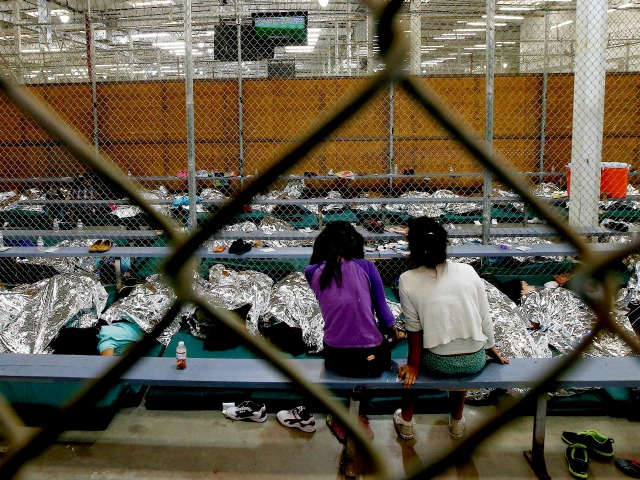The Central American refugee influx along the U.S.-Mexico border, which generated so much press attention in 2014, is not going away anytime soon. The conditions which spur Salvadorans, Guatemalans, and Hondurans to flee their countries in large numbers—namely, widespread violence and grinding poverty—have not changed. Nor has the fact that so many unaccompanied children are being sent to the United States on their own in a desperate attempt by their families to ensure their safety. What has changed, however, is that more of these refugees are being apprehended by Mexican authorities (and deported) before they reach the U.S.-Mexico border. This serves to keep U.S. apprehension and deportation statistics lower than they would otherwise be, but does nothing to address the root causes of the situation.
This is one of the principal findings of a report from the Migration Policy Institute (MPI), titled Migrants Deported from the United States and Mexico to the Northern Triangle: A Statistical and Socioeconomic Profile. The report succinctly captures the nature and scale of the problem:
“Together, the United States and Mexico have apprehended almost 1 million people who originated from the Northern Triangle of Central America in the past five years, and have deported more than 800,000 of them. Many of these were children. Between 2010 and 2014, around 130,000 minors were apprehended and more than 40,000 deported back to El Salvador, Guatemala, and Honduras, the three countries that constitute the Northern Triangle.”
According to the report, up until 2014, apprehensions of Central Americans had been growing in the United States at a much faster pace than in Mexico. U.S. apprehensions of Central American unaccompanied minors in particular increased thirteenfold from 2010 to 2014, compared to a fivefold increase in Mexico. But that trend is reversing in 2015 as Mexico ramps up enforcement efforts along its southern border with Central America.
Not surprisingly, the report also found that Mexico is now responsible for a growing share of the deportations back to Central America. In fact, the difference between Mexico and the United States in terms of deportations of Central American children is chilling. In 2014, Mexico deported 77 out of every 100 apprehended minors, compared to three out of every 100 that the United States deported. As the report explains, the low numbers of child deportations in the United States have a lot to do with “limited adjudication capacity and long backlogs.” Still, the high number of child deportations in Mexico “indicates limited humanitarian screening and inadequate due-process protections.” Likewise, the Human Rights Institute at Georgetown Law School has concluded that while “Mexican officials are supposed to screen unaccompanied children for international protection needs, they often fail to meet this responsibility.”
The MPI report also offers a sociodemographic profile of deportees to Central America. Most are young males with little education. However, growing numbers are girls and children under 12. Contrary to the stereotypes which are propagated by some immigration restrictionists in the United States, the vast majority of the deportees are not dangerous individuals. In fact, 61 percent of adults and 95 percent of children had no criminal convictions prior to deportation. Of those who did have a criminal record, 63 percent had been convicted of immigration violations, traffic crimes, or some other nonviolent offense.
The report concludes by calling for solutions to the Central American refugee influx that do more than simply shift enforcement responsibilities from the United States to Mexico. Anti-poverty and anti-violence programs in Central American nations are necessary long-term solutions to the structural economic and social problems which are driving people out of those countries. Moreover, more must be done to ensure that people who have legitimate asylum claims (particularly children) receive the protection to which they are entitled under international law, regardless of whether they are apprehended by Mexican or U.S. authorities.
What is happening in Central America is a humanitarian situation—and we cannot simply enforce our way out of it.
Photo by coolloud.
FILED UNDER: Children, featured, Migration Policy Institute, unaccompanied children


